Formative Events
By Ian Parsons | December, 2005
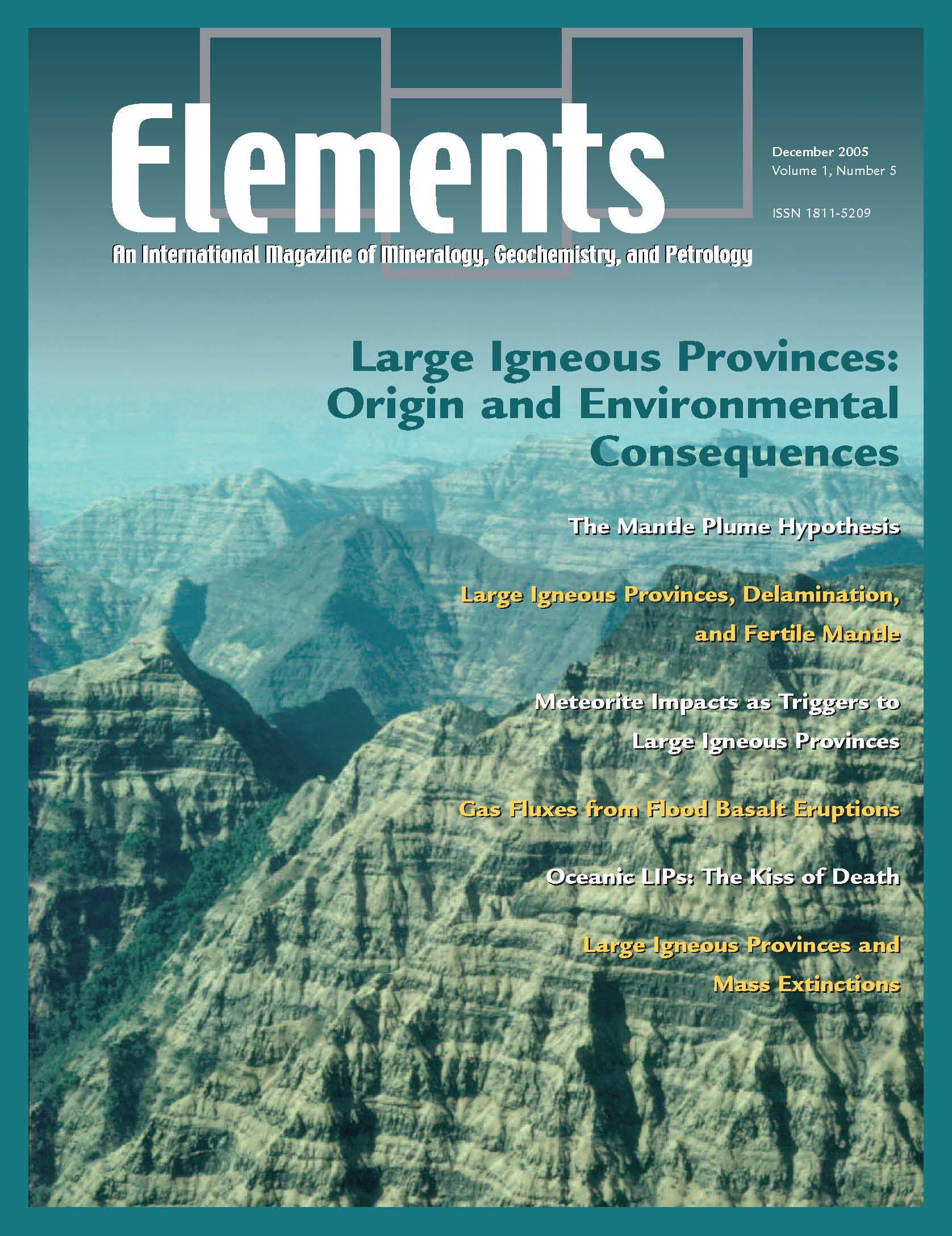
Geologists, like Earth herself, experience outstanding formative events during their careers, events that shape their perception of the Earth and their chosen field of science. For me, one such event involved the scene below, the Blossville Kyst of East Greenland at 68° North. The photograph was taken in 1974, on what was rather grandly called the British Universities East Greenland Expedition, led by a great friend, Peter Brown. We hired a Norwegian sealer and sailed out of Aberdeen into the teeth of a considerable gale. Eight days of supreme discomfort found us in the Denmark Strait, northwest of Iceland, in calm seas and a thin fog. A sizeable whale circled our small, slow ship. The sea developed a curious oily motion, and floating ice started to appear.
The Cost of Science
By Michael F. Hochella Jr. | September, 2005
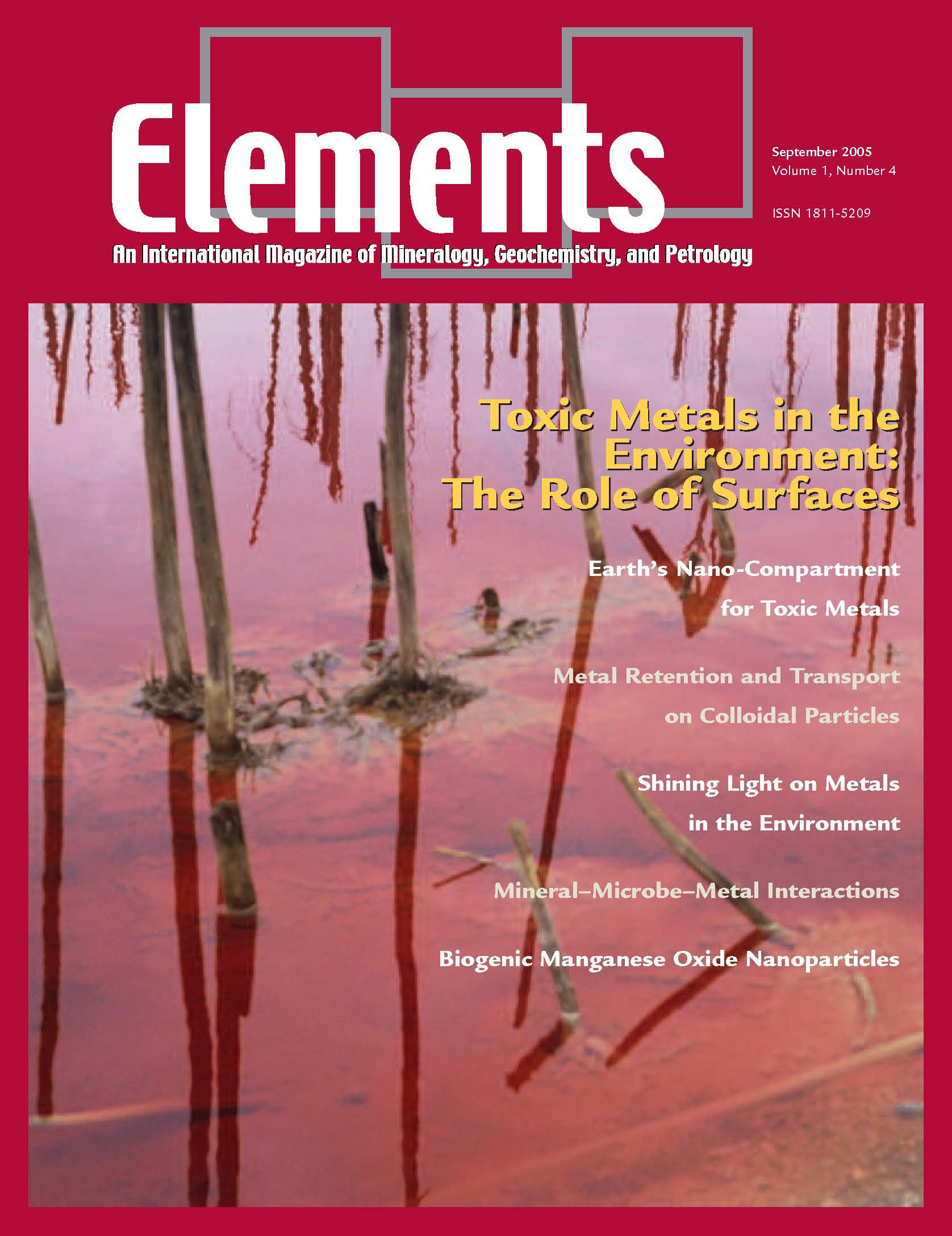
Not long ago, I got a voice message on my office telephone answering system that no scientist ever wants to hear. Funding for a major US Department of Energy (DOE) project, dealing with ways to contain anionic, aqueous radionuclides in groundwater plumes, was suddenly and unexpectedly eliminated. The program was one that I considered to have important societal implications. Our group and several others at national labs were having success, making significant progress with a host of powerful new sorbants. But the reality is that the DOE is headed for budgetary reductions and restrictions, probably for several years. Ray Orbach, Director of DOE’s Office of Science, warned that the budget constraints “are not going to go away in 2007 (and) it’s going to be a difficult four years.”
Jumping Across the Colorado
By Michael F. Hochella Jr. | June, 2005
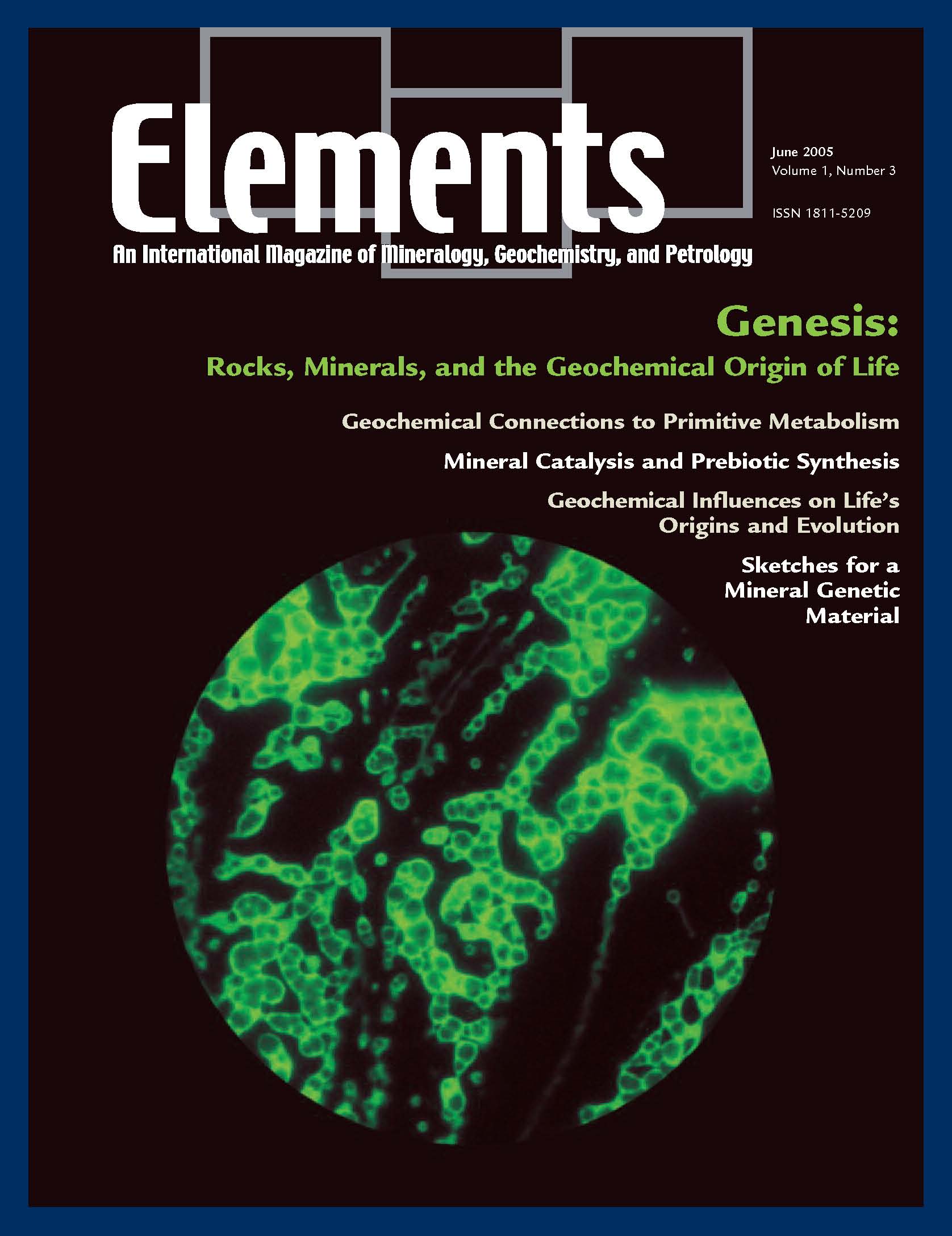
When I was a teenager back in the early 1970s, I drove solo from Houston, Texas to San Diego, California across nearly 2,400 km of uninterrupted and enchanted desert in the American Southwest. For me, the highlight of the trip was to see the Colorado River that far south, long after it had passed through the Grand Canyon and just before it disappeared into Mexico. But after I passed Yuma, Arizona, I was soon greeted by the “Welcome to California” sign, and I immediately realized to my amazement, and disgust, that I must have driven right over one of the world’s great rivers, in a desert no less, and not even noticed! Bewildered and too impatient to wait for the next exit to turn around, I made an illegal U-turn on the interstate highway and retraced my steps, determined to find out why I had been so blind. In fact, I had not been.
Elements: Getting into the Swing
By Ian Parsons | March, 2005
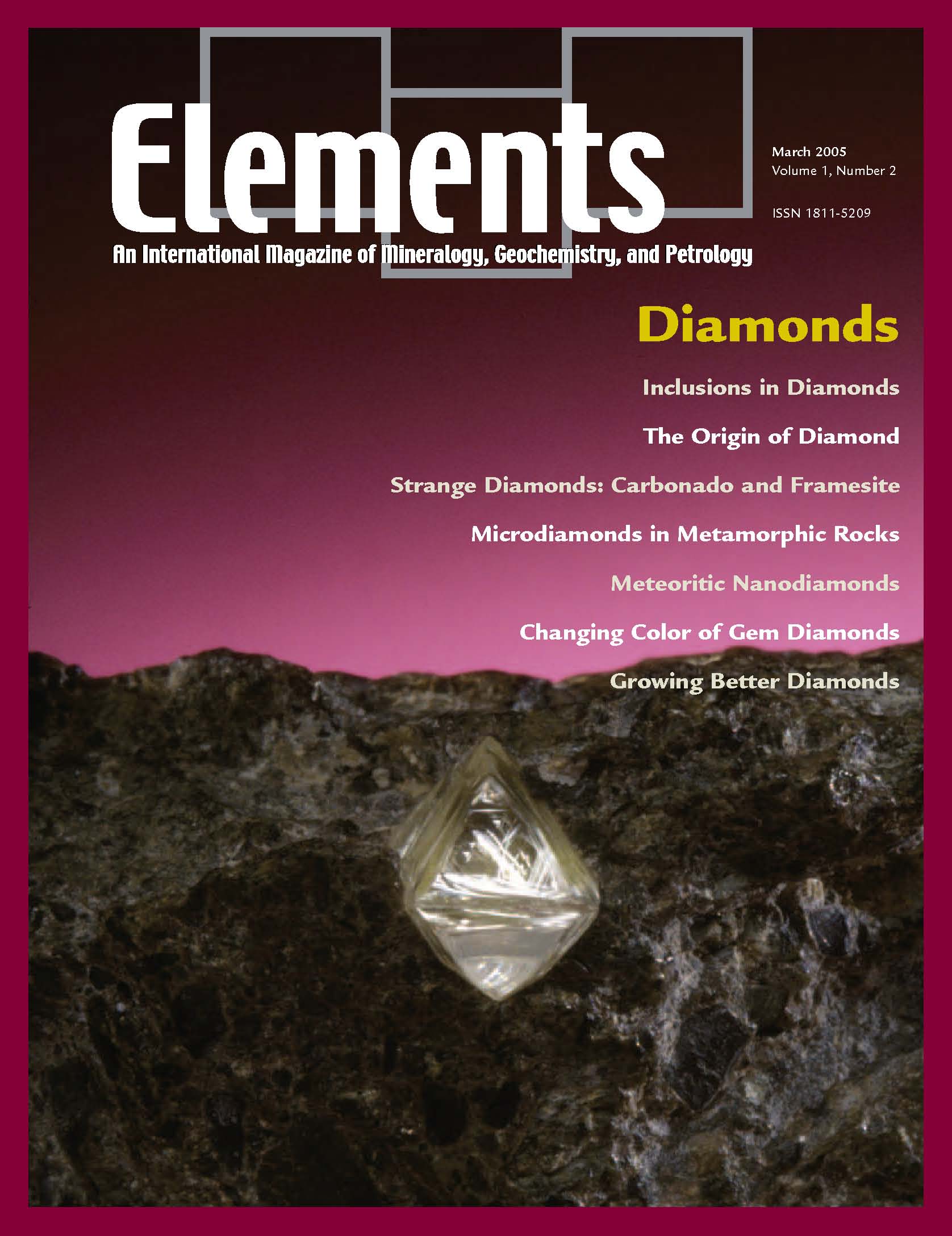
With this second issue of Elements, both the editorial team and you, the readers, will sense that we are getting into the swing of a new and exciting enterprise. From now on, each issue will be the responsibility of one of the three scientific editors and a guest editor. This gives me an opportunity to express, I can safely say on behalf of the entire geochemistry– petrology–mineralogy community, heartfelt thanks to the two people, Rod Ewing and Pierrette Tremblay, who more than any others have been responsible for the guiding vision, look, and feel of our magazine.
Elements: Building a New Bridge
By Rod Ewing, Mike Hochella, Ian Parsons, and Pierrette Tremblay | January, 2005
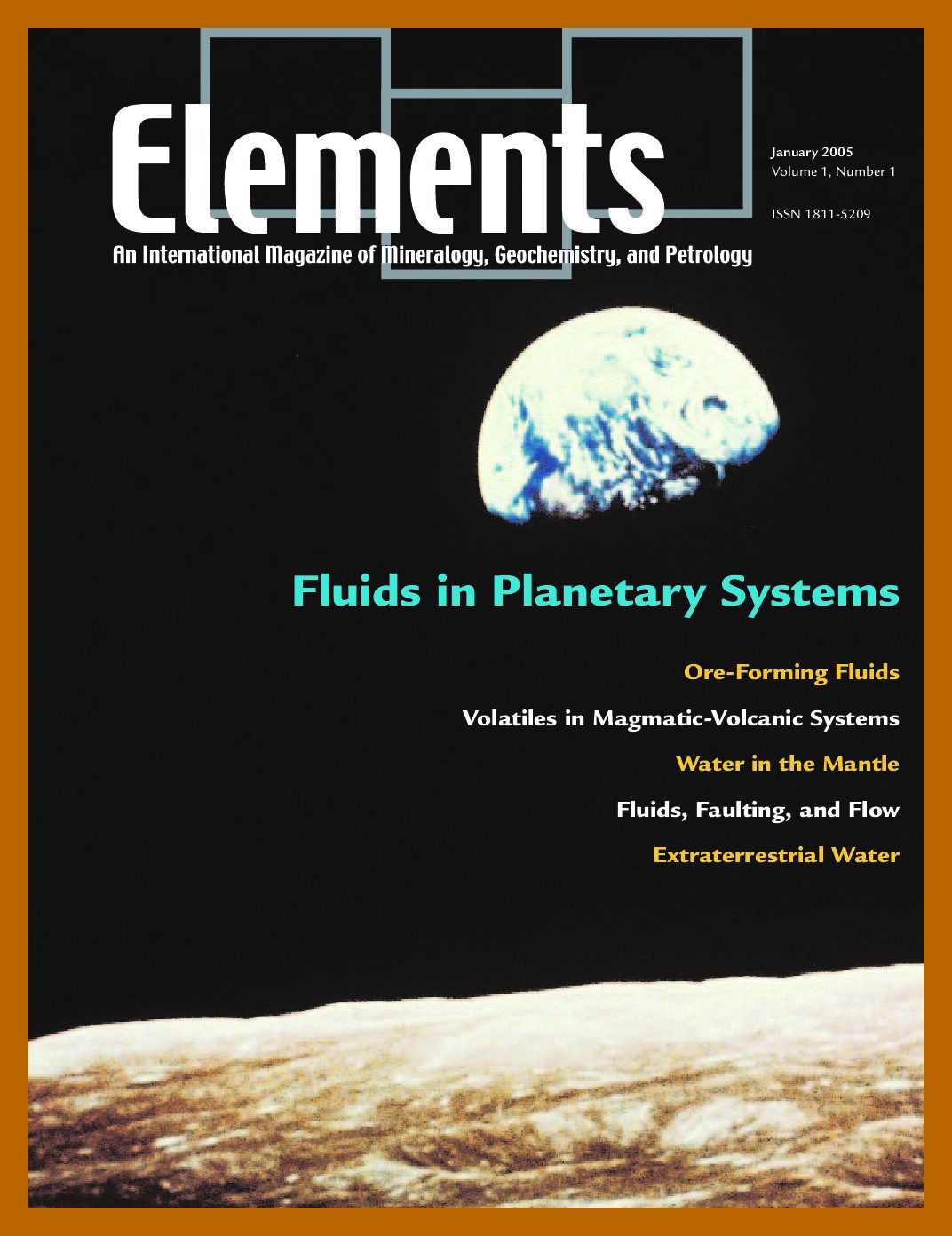
It is with great pleasure that we bring you the first issue of Elements, a joint publication of the Mineralogical Society of America, the Mineralogical Society of Great Britain and Ireland, the Mineralogical Association of Canada, the Geochemical Society, and the Clay Minerals Society. We will publish a total of five issues in 2005. As this new enterprise matures, Elements will become a bimonthly, and perhaps eventually a monthly magazine. Certainly, we will miss old familiar friends such as The Lattice, the MAC Newsletter, the CMS News and the Mineralogical Society Bulletin, which were produced by creative, hard-working, and innovative member scientists. But Elements goes well beyond what any of those publications could accomplish given their limited resources. The grand vision of Elements is to integrate mineralogy, petrology, and geochemistry, and to showcase them to ourselves and to a much broader community.

